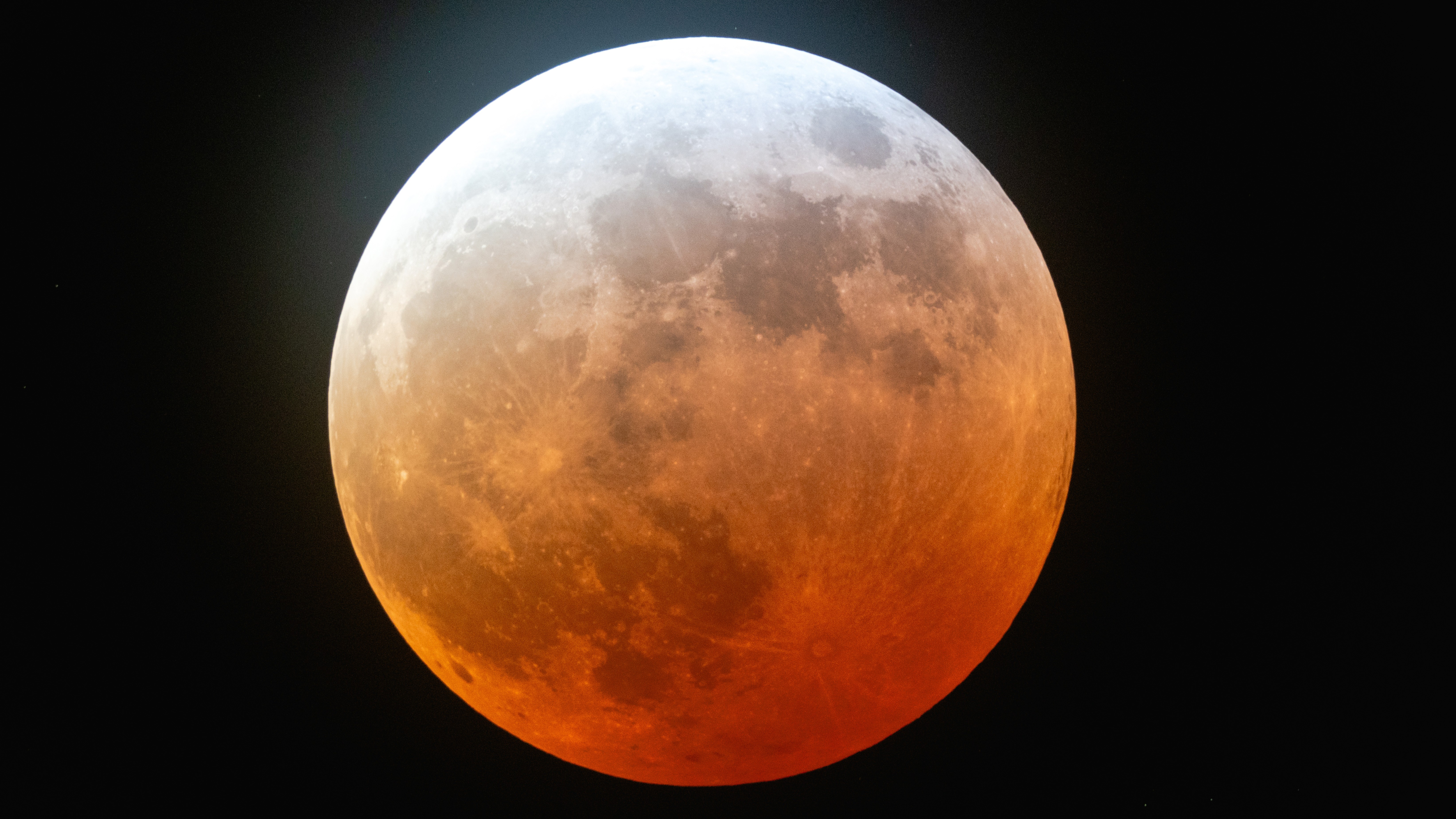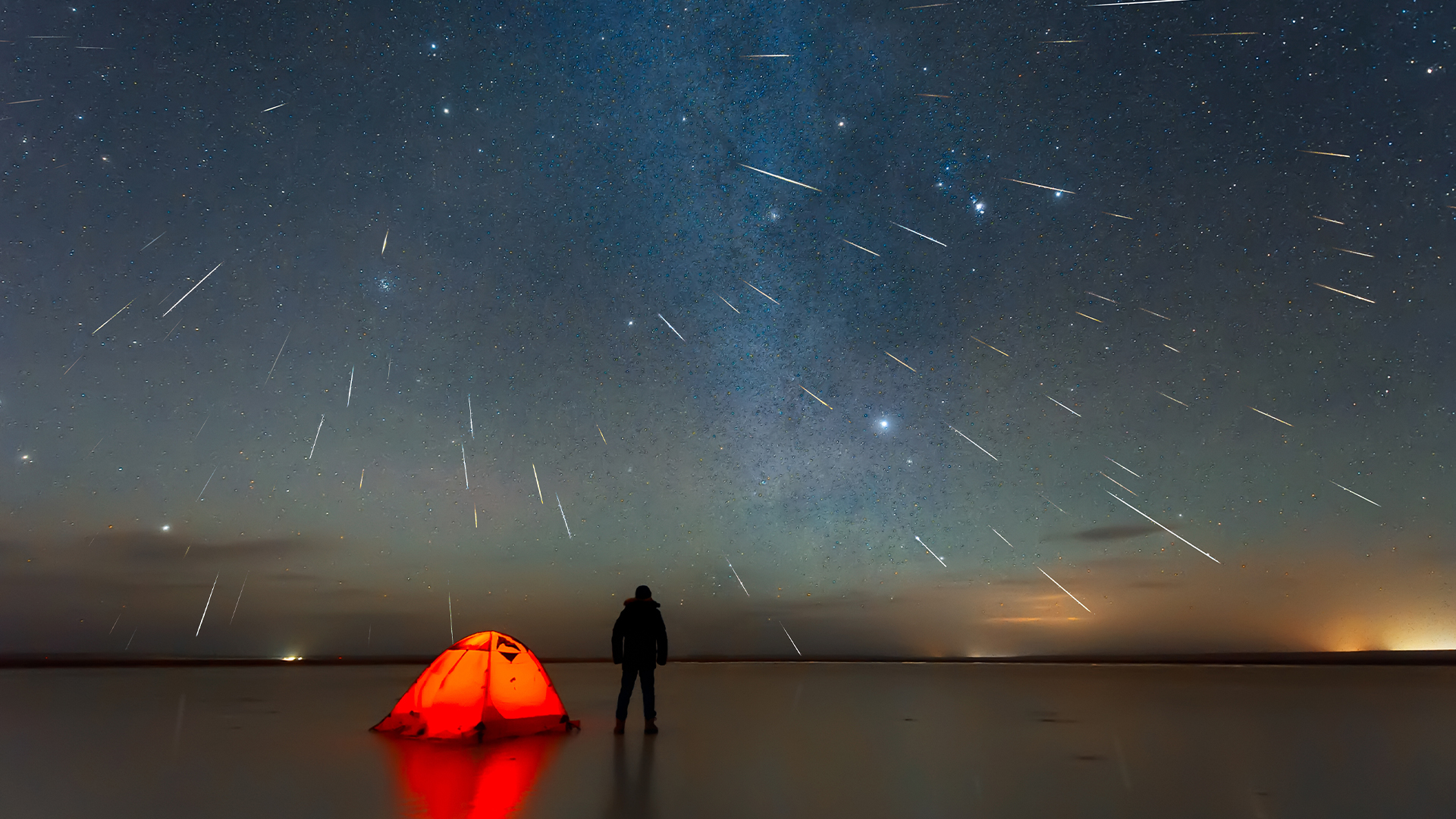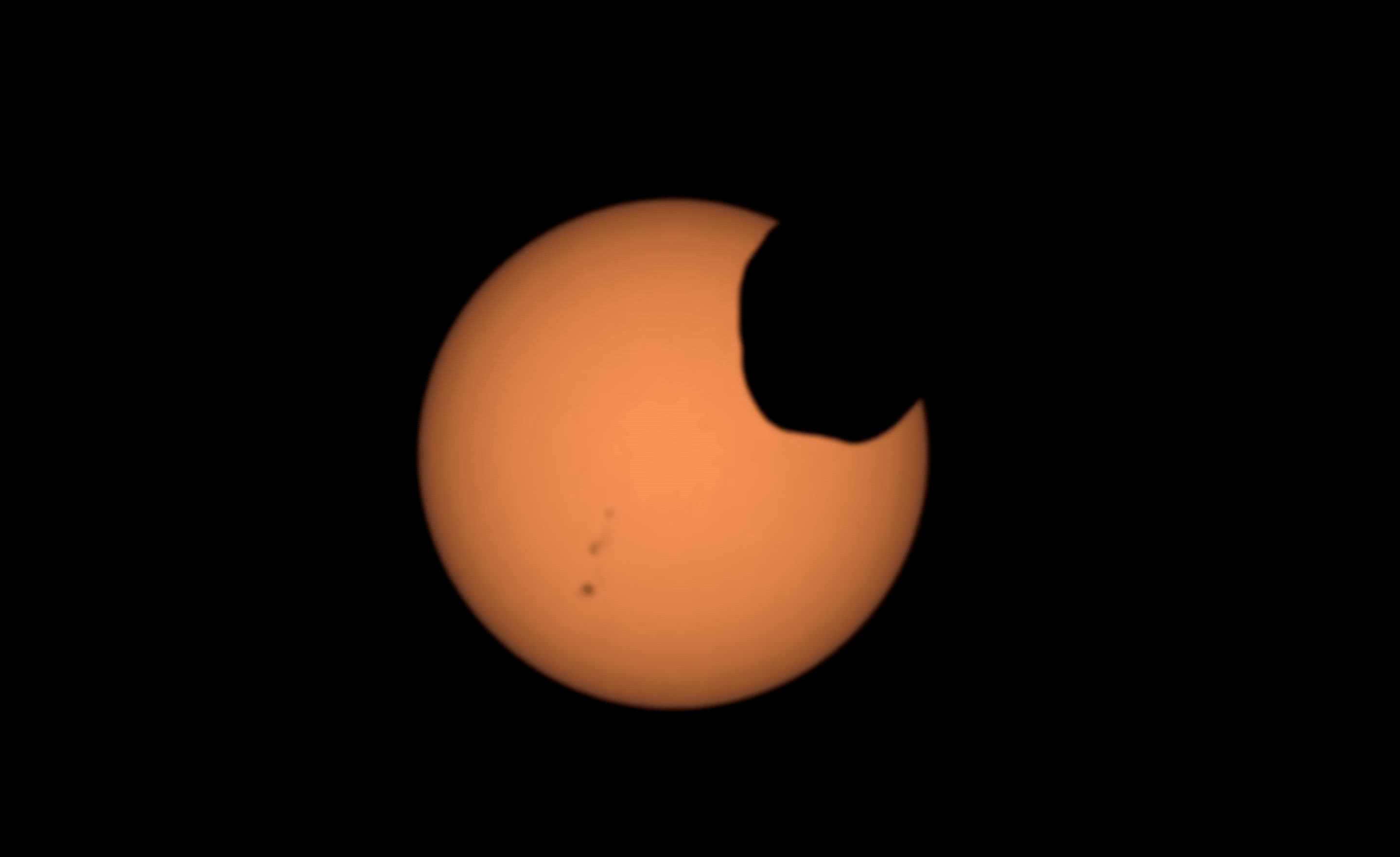When you buy through links on our site , we may take in an affiliate mission . Here ’s how it works .
Are you quick to capture the " supermoon " tonight ? This evening , the moon will be at its effective — in its full phase angle and at its closest point to Earth . If you have a tv camera ready , it ’s a prime opportunity to capture a brilliant lunar spectacle .
Tonight ’s moon is the last of three back - to - back " supermoons " seeable in the Northern Hemisphere this summer . It is known as the Harvest Moon since it is the full moon near the September equinoctial point this year , accord to Space.com .

A member of the Expedition 40 crew captured this photo of a full moon from the International Space Station.
The moonlight will reach its full phase tonight at 9:38 p.m. EDT ( 0138 GMT ) . To keep tonight ’s supermoon — the last one until Sept. 28 , 2015 — television camera company Canon Inc. , has released a few tips to make it easier for aspiring astrophotographers to get prime shots of Earth ’s closest celestial neighbour . [ In Photos : Glitzy Images of a Supermoon ]
Here are some tips to keep in brain when photograph the moon :
There are other ways to improve your photograph of the moonlight . For illustration , you’re able to manually change the shutter speed ( the exposure sentence ) , the aperture ( the opening that controls how much lighting fail into the lens ) and the ISO , or the sensibility of the camera ’s photo cell , Jason Mrachina , a professional photographer based in Des Moines , Iowa , secernate Live Sciencein a previous tale .

Here are Mrachina ’s urge mise en scene :
Tripod
Handheld

Mrachina also recommend taking pictures from a dark domain far from light befoulment , and standing a curt distance away from an aim , such as a fencing , that can create a silhouette in front of the Sun Myung Moon .














